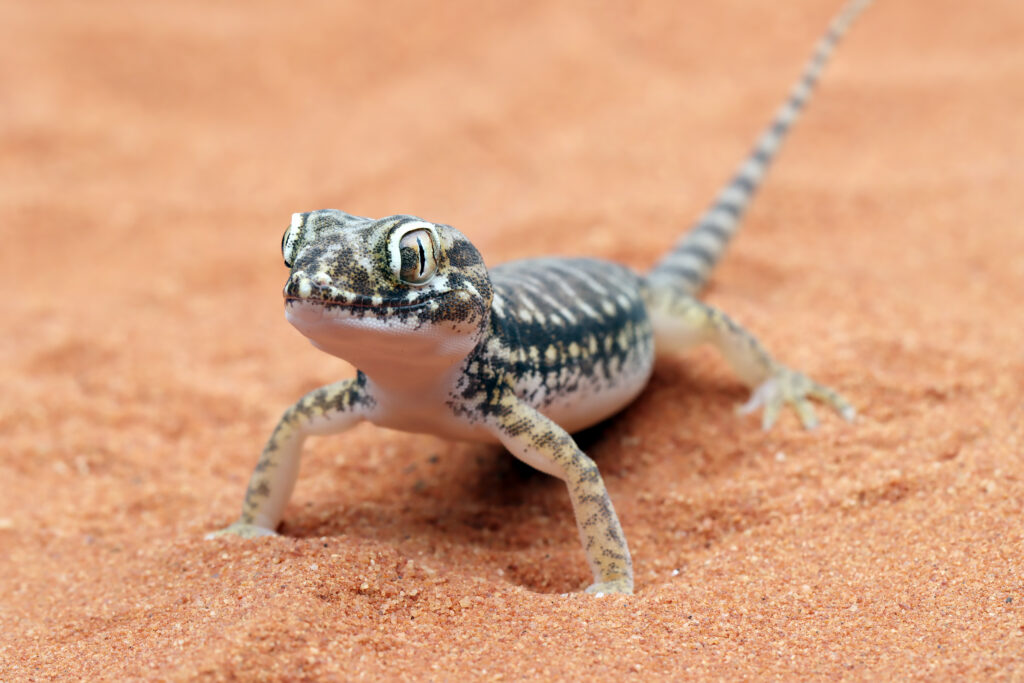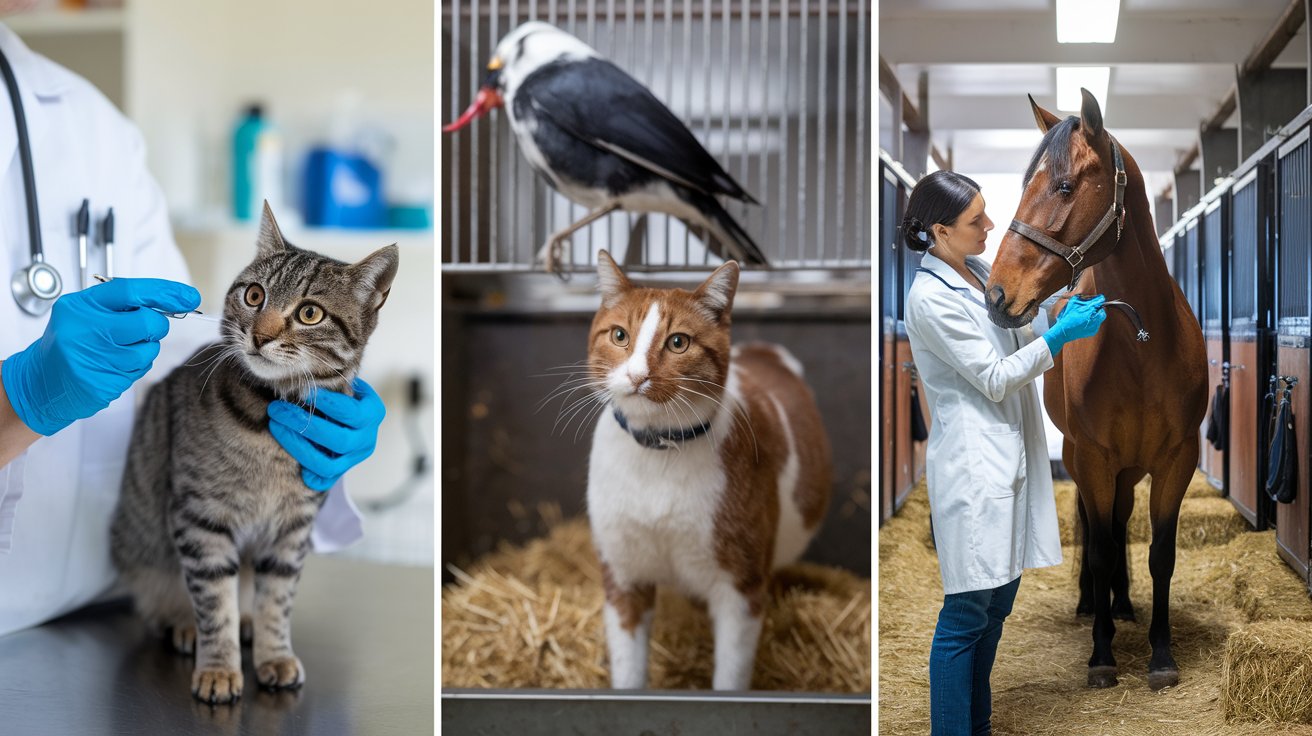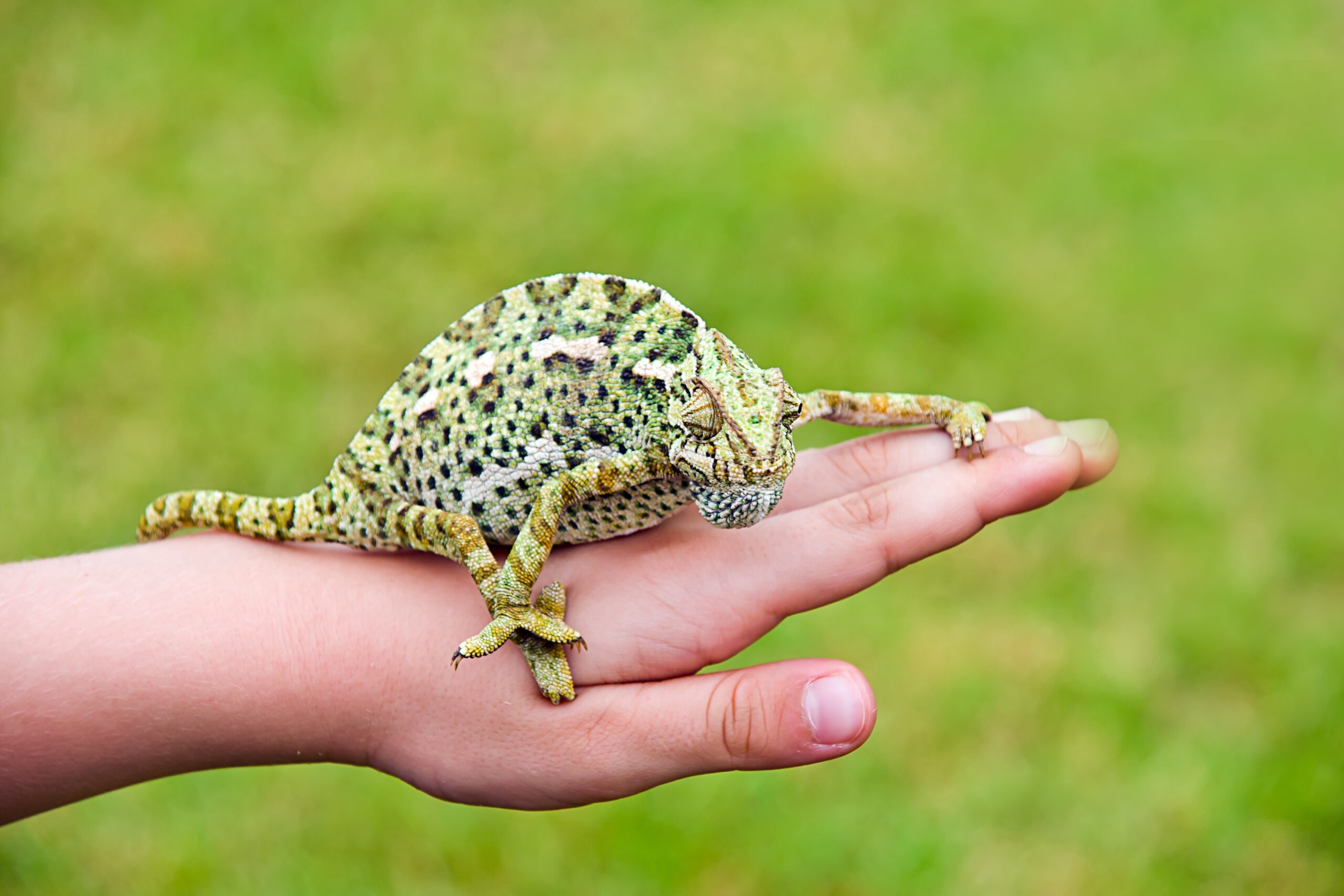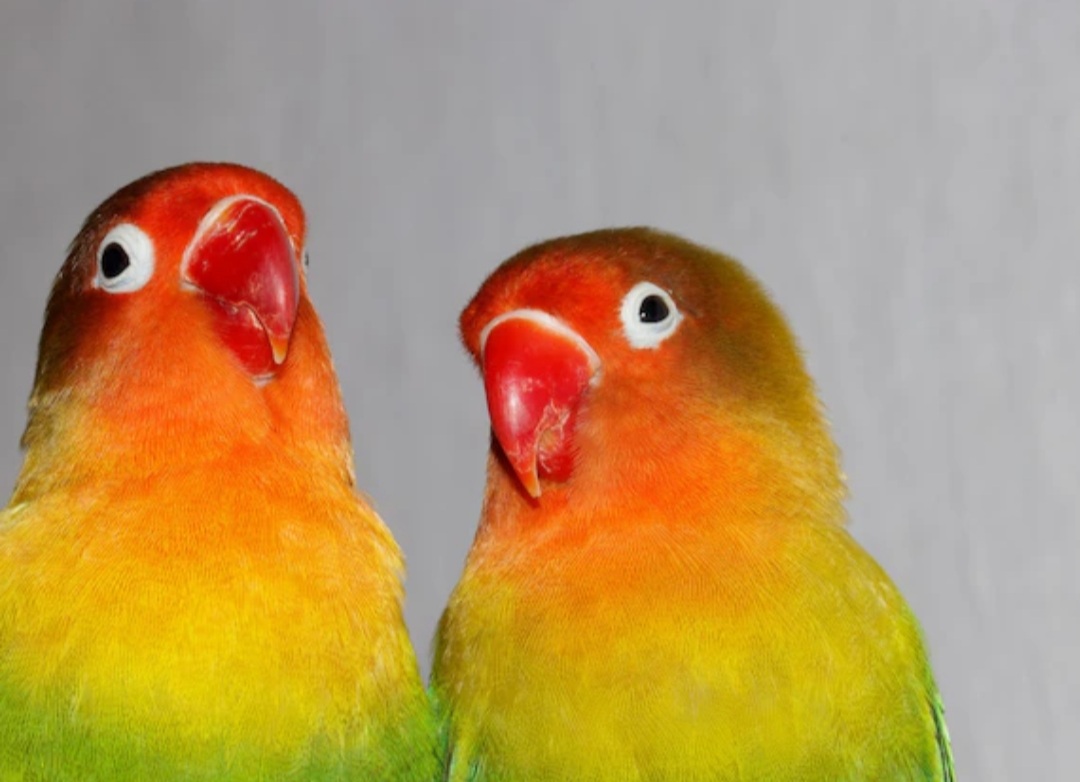Reptiles have always fascinated us with their enigmatic behaviors, often leaving pet owners puzzled. Whether you’re a seasoned reptile enthusiast or just embarking on your journey into the world of scaled companions, understanding reptile behavior is essential. In this blog, we will explore the intricacies of your pet’s actions, decoding their mysterious gestures and vocalizations, and revealing the secrets they’re trying to communicate. Get ready to delve into the fascinating world of reptilian body language and discover what your pet is really telling you.
I. The Language of Scales
Reptiles have their own unique way of communicating, and by paying attention to their behavior, you can build a deeper connection with your scaly friend.
A. Tail Tales: A Quick Glance
One of the most telling features of reptile body language is the tail. The tail is like a mood ring for your pet. When it’s relaxed and neatly coiled, your reptile is likely feeling content and at ease. However, if you notice the tail is stiff, puffed up, or thrashing, it could be a sign of agitation or aggression.
B. The Power of Posing
The way your reptile positions itself can convey volumes about its mood and intentions. For example, a basking posture under a heat lamp indicates a desire to warm up, while a flattened body might be a defensive posture to appear larger and ward off perceived threats.
C. Unraveling the Colors
Reptiles often change the color of their skin or scales to communicate. This phenomenon is particularly noticeable in chameleons, who change color to blend in or express their emotional state. Bright colors can signal excitement or aggression, while darker hues may indicate stress or fear.
II. Unmasking Vocalizations
Many people believe reptiles are mute, but in reality, they have various ways to vocalize their feelings. Understanding these vocalizations is crucial to decoding their messages.
A. Hissing: The Language of Warning
The hiss is the classic warning sign. Snakes, for example, hiss to communicate their discomfort or fear. It’s a signal to back off and give them some space.
B. Chirping and Croaking: Courting or Contentment
Some reptiles, like frogs and certain lizards, make chirping or croaking sounds during courtship or when they’re content. It’s their way of saying, “I’m happy and at ease.”
C. Silent Signals: Body Language Matters
Not all reptiles vocalize audibly. Some communicate solely through body language, making it essential to pay attention to every nuanced movement and gesture.

III. Unlocking Hunger Pangs
A well-fed reptile is a happy reptile, but how do you know when your pet is craving a meal?
A. The “Food Dance”
Many reptiles have a distinct dance when they spot their favorite food. This could be a bearded dragon bobbing its head or a snake striking at prey. These are clear signals that it’s dinner time.
B. Restlessness and Pacing
Reptiles can become restless and pace their enclosures when they’re hungry. This behavior is especially noticeable in monitor lizards and larger snakes.
IV. Decode the Shedding Mystery
Shedding is a natural process for reptiles, but it can be uncomfortable. Understanding this process can help you provide the necessary care and comfort to your pet.
A. Dull and Opaque Scales
Before shedding, your reptile’s scales may appear dull and opaque. This is a sign that the shedding process is about to begin.
B. Increased Agitation
Shedding reptiles often exhibit increased agitation, as the old skin becomes tight and uncomfortable. Give them some space and avoid handling during this time.
V. Health Check: Deciphering Symptoms
Reptiles can’t verbally tell you when they’re feeling unwell, so it’s essential to monitor their behavior and physical condition.
A. Lethargy and Loss of Appetite
A common sign of illness in reptiles is lethargy and a loss of appetite. If your pet seems uninterested in food and lacks energy, it may be time for a vet visit.
B. Respiratory Distress
Wheezing, open-mouth breathing, or audible clicking sounds during respiration can indicate respiratory issues, which require prompt attention.
VI. Tips for a Happy Reptile
Now that you’ve unraveled the secrets of reptile behavior, it’s time to ensure your pet’s well-being and happiness.
A. Provide Adequate Enclosure
Make sure your pet’s enclosure is appropriately sized, with the right temperature and humidity levels. Different reptile species have different needs, so research your pet’s requirements thoroughly.
B. Enrichment Activities
Reptiles benefit from enrichment activities. Add climbing structures, hiding spots, and objects to explore to keep your pet mentally and physically stimulated.
C. Regular Vet Checkups
Schedule regular checkups with a reptile-savvy veterinarian to ensure your pet’s health and well-being. Early detection of health issues can make a significant difference.
Conclusion
Understanding reptile behavior is a key factor in building a strong bond with your scaly companion. By deciphering the language of scales, vocalizations, hunger cues, and health symptoms, you can provide the best care possible for your reptile friend. Remember, the title of this blog, “Understanding Reptile Behavior: What Your Pet Is Trying to Tell You,” serves as a constant reminder that your pet is continually communicating with you, and it’s up to you to listen and respond appropriately. In doing so, you’ll create a meaningful and lasting connection with your reptilian buddy that will benefit both of you for years to come.












